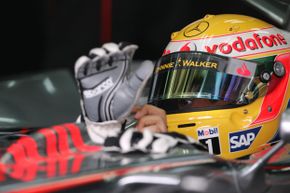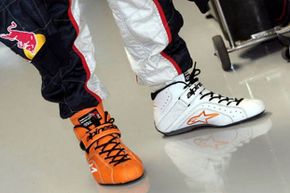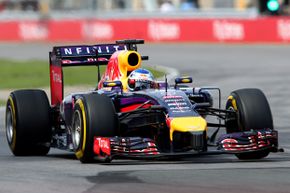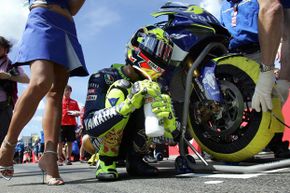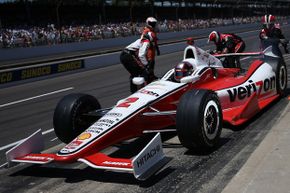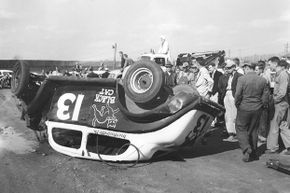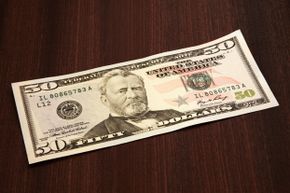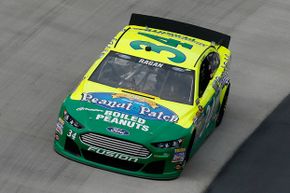Confidence is essential to succeed in a career like motor racing, whether it's on two wheels or four wheels. Even people who've claimed they don't really believe in superstitions, like pro driver Danica Patrick, have admitted that certain pre-race rituals can help calm the jitters. Some of the superstitions we'll talk about go beyond the paranoia or predilection of a specific racer, and some have become so prevalent that even the fans abide by the unspoken rules.
While some of these superstitions might seem kind of outdated, most contestants don't want to take any chances with fate. Racers with NASCAR and MotoGP have always had permanent numbers, but Formula One drivers' numbers could change from year to year based on rankings. When Formula One announced that, as of the 2014 season, drivers could choose permanent numbers, there was a flurry of excitement as F1 competitors applied for a lucky digit [source: Hallam]. Some of the drivers were eager to explain their choices, showing that superstition is still alive and well in the racing world.
Advertisement
It's not just about dodging bad luck, either. Some racers think there are ways to cultivate good luck. Everyone who puts his or her life on the line for a race, whether the motivation is for fame and glory, or just for the fans' excitement, probably has a preferred way to spend those crucial pre-race hours. Some drivers are willing to share their superstitions; others won't talk, for fear of giving their opponents a competitive advantage. Some of the superstitions we'll discuss are pretty common, with fairly obvious roots. The origins of others are still up for debate. We'll take you through some of the superstitions that play into race day strategy, all the way from a driver's bedroom habits to the stadium concession stands.

